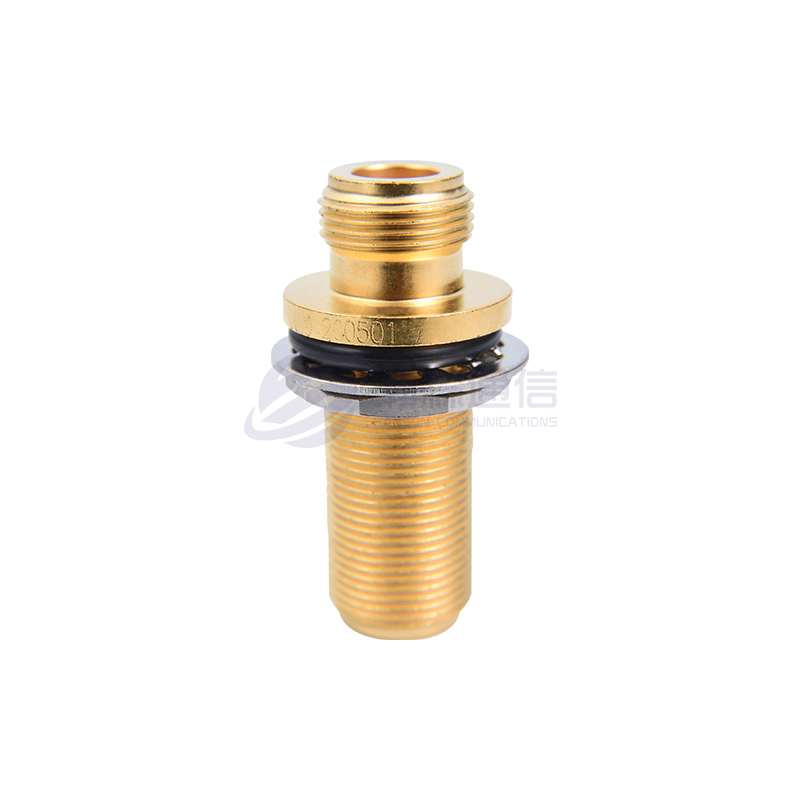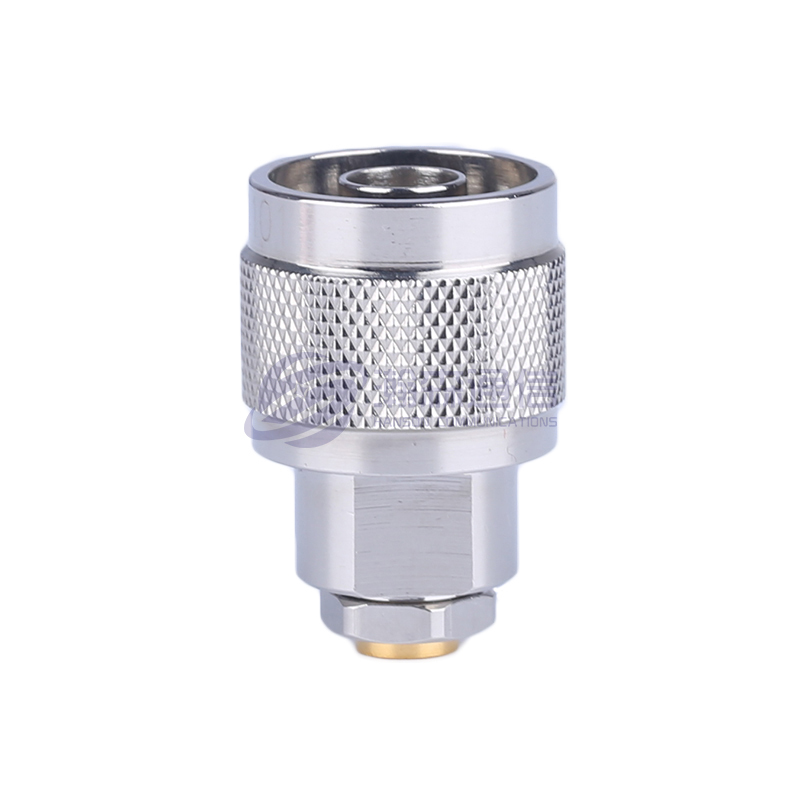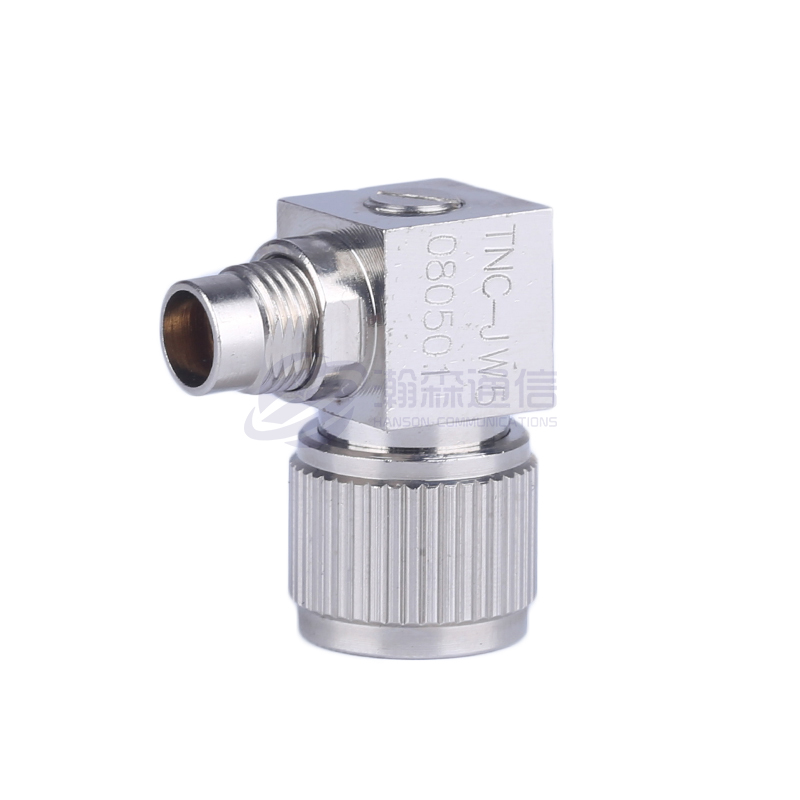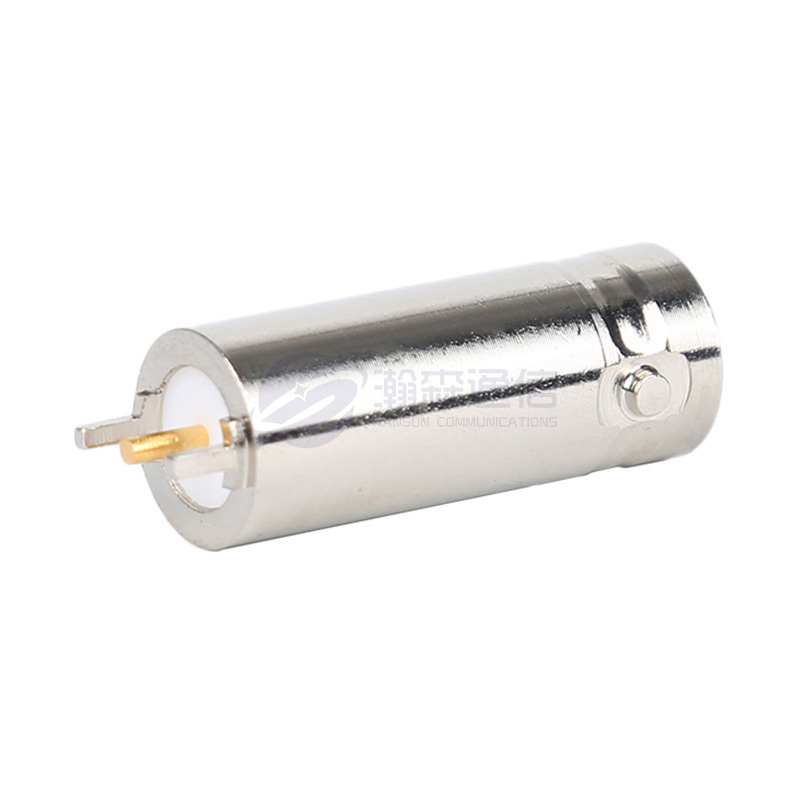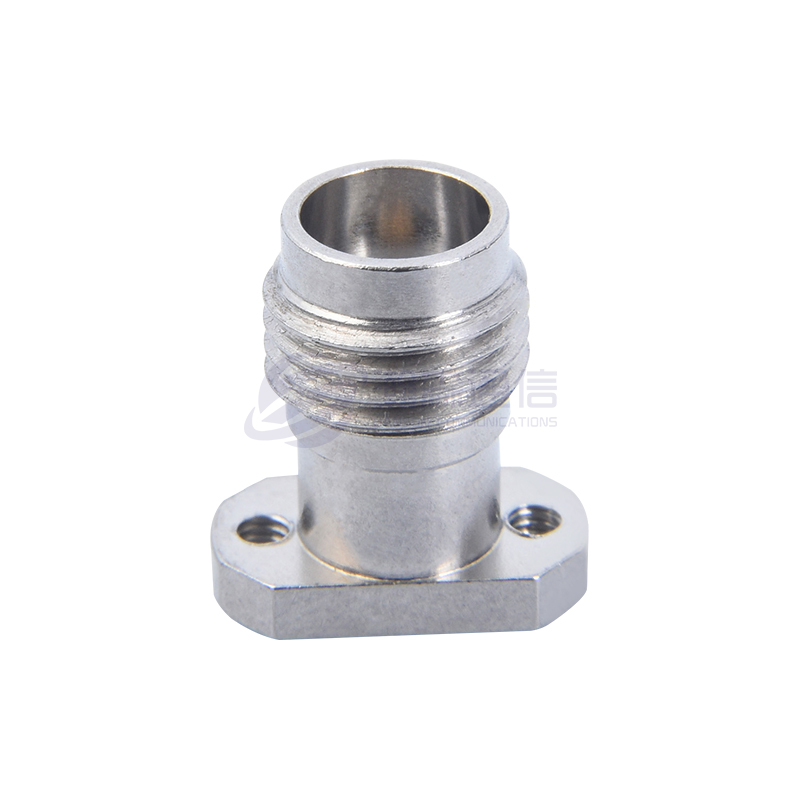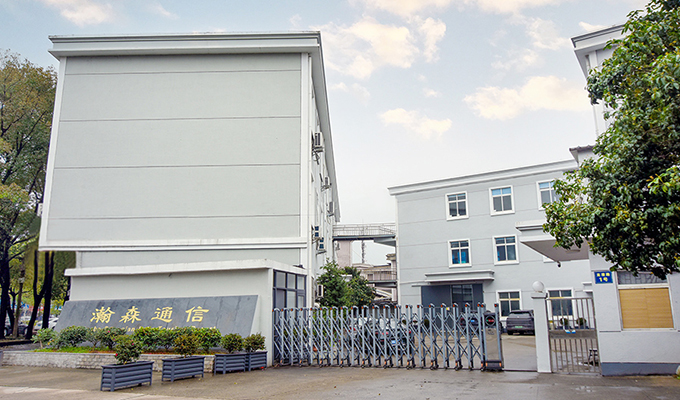
-
SMA connectors are one of the most common and widely used coaxial connectors in RF applications, widely used in communication equipment, microwave systems, antennas, test instruments, GPS, radar, and other high-frequency systems. Although the structure of an SMA connector seems simple, even a small mistake during insta...
READ MORE -
Choosing the right RF coaxial adapter is crucial, as it's a potential signal bottleneck; an inappropriate choice can directly impact the performance of the entire RF system. Below is an RF coaxial adapter selection guide to help you make the right choice. 1. Key Electrical Parameters (Performance Foundation)These param...
READ MORE -
Hermetically sealed connectors are widely used in special environments such as aerospace, military equipment, medical equipment, automotive electronics and industrial control. Its core value lies in its ability to prevent the intrusion of moisture, gases and contaminants and protect internal precision circuits. However...
READ MORE
Hermetic connectors are specialized connection devices used to transmit power, signals, or fluids while effectively preventing the leakage or intrusion of gases, liquids, or contaminants through the interface. Through precise structural design and material selection, hermetic connectors create a reliable sealing barrier at the interface between plug and receptacle, and between housing and cable, ensuring stable operation in harsh environments such as moisture, high pressure, corrosive environments, or vacuum. Hermetic sealing is a sealing structure or technology that effectively isolates air, gas, or other gaseous media, ensuring that the performance of a sealed container or system is not affected by the ingress of external air or gas during operation. Hermetic sealing is typically used in applications that require maintaining a stable internal environment to prevent gas leakage or contamination.
Sealed connectors are widely used in industrial, automotive, aerospace, and medical equipment. Their core function is to ensure a stable electrical connection while protecting against environmental factors such as water, dust, and chemicals. However, in actual use, sealed connectors can still experience various failures due to design, materials, installation, or environmental factors, affecting the normal operation of the equipment. Understanding common sealed connector failures and their solutions, combined with preventive maintenance recommendations, can help users improve connector reliability and service life. Ningbo Hansen Communication Technology Co., Ltd. is a manufacturer specializing in the production, processing, and trading of communications components, with over 30 years of experience in RF coaxial connectors, adapters, and cable assemblies.
One of the most common failures of sealed connectors is seal failure, resulting in liquid or gas leakage. Seal failure is typically caused by aging, deformation, or damage to the seal ring, such as hardening, cracking, or permanent deformation of the rubber material after long-term use. Improper installation is also a major cause, such as improper seal alignment and insufficient or excessive compression, which can compromise the seal. Corrosion or thread wear on the connector housing can also impair the seal, especially in humid, salt-spray, or chemically aggressive environments. Extreme temperature and pressure fluctuations can also cause the seal material to expand or contract, reducing sealing performance. Solutions to this problem include selecting high-performance sealing materials (such as fluoroelastomers, silicone rubber, and other chemically and high-temperature resistant materials), strictly adhering to installation specifications (such as using a torque wrench to ensure uniform compression), and optimizing the seal structure design (such as using dual seals or incorporating potting compounds for enhanced protection). For corrosive environments, corrosion-resistant housing materials such as stainless steel and nickel-plated alloys should be preferred.
Request for a call today

 English
English русский
русский

